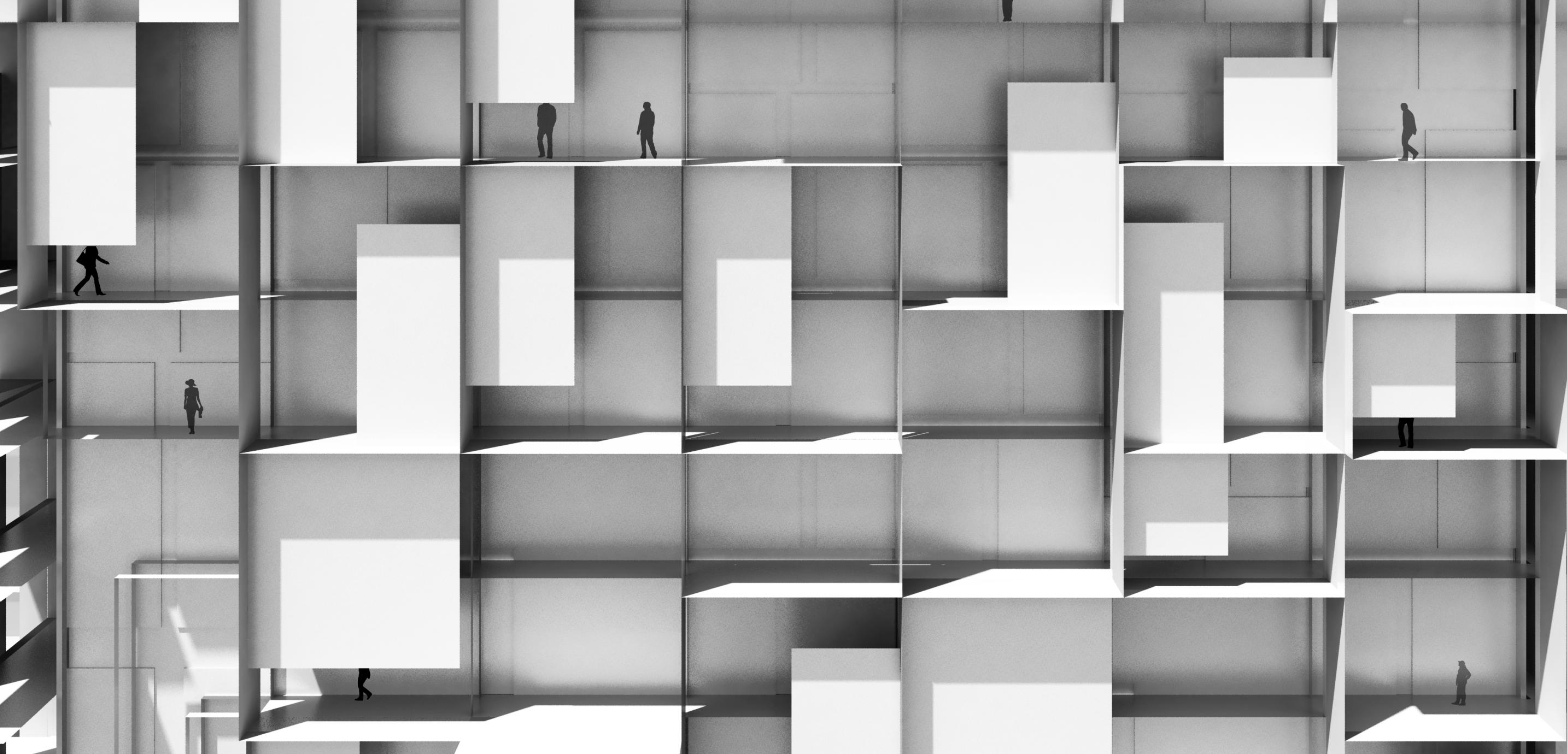Focus: Wayne Erb Interview

Focus explores the creative talent within the climbing community.
Wayne Erb believes we need to think differently about the places in which we live. Originally from North Carolina, the New York based climber and architect integrates the environment into his designs and challenges traditional forms. He has worked on a wide variety of projects from residential to offices for Facebook and Google.
How did you first get into architecture as a medium?
I was always interested in a lot of different things growing up. One thing I got really into was thinking about our environment in terms of conservation and sustainability. My interests have always leaned in the direction of how humans manipulate the places we inhabit, and why we do what we do to them. The initial compulsion towards architecture as a medium was to become involved in one of the most resource intensive fields so that it may be critiqued. That, and I really love designing and making things that people use or inhabit.
What impact did that interest in how humans and the environment intersect develop your style of work?
Initially it drew me towards making things that felt unfamiliar. I wanted to criticize traditional forms and ask why certain buildings look the way they do. Often times the answer to that question had to do with people wanting spaces to look and feel familiar—but if this is true then we don't value innovation, we are less likely to question the way things have been done and the way they could be done.
What impact do you think cultural norms on architecture—such as what a home should look like—have on the type of work we see designed and built?
It has a huge impact. Those norms make their way into how the built environment is regulated. Towns may write their own regulations on building form and use of materials. For instance, some neighborhoods may prohibit the use of a flat roof for no reason other than aesthetics, or as we have been talking about, what we think a home should look like. But these regulations and cultural norms aren't specific to only architecture—we can see it show up in music, graphic design, theater... Take a look at the audience's reaction to John Cage's "Water Walk" performed on the 1960s talk show I've got a Secret and you'll notice how cultural norms push back against experiments or perspectives that we aren't used to.
It's fascinating how much impact cultural norms have on design. How do you approach creating a new piece of architecture and ensuring it works within its environment?
It's definitely difficult to ensure that something will work within its environment. Sometimes the goal is to make the thing stand outside of its environment. But regardless, the environment, context and history in which a project is a part of should be considered. I also think in my work it's important to consider why the environment ended up the way it did, and how we can think about what the environment could have been—leading to a proposal of some sort. I tend to think of it as a really non-linear process of trying something, looking at it, judging it, and learning from the attempt.
Where do you find inspiration for your work?
Recently I have been interested in the practice of Herzog and De Meuron and the drawings of OFFICE KGDVS. A huge source of inspiration for me comes from personal experiences which is difficult to explain. Generally I feel most creative whenever I'm in quiet places doing things that I love with people that I enjoy. If I don't get a chance to detach from the chaos of work then I'll definitely not have energy or an urge to create anything. Being around other people who are making things is also important for motivation to produce work.
You are also part of an architecture collective, how does that collab work?
Common Office is a collaboration with a few friends started by Rob Meyerson in Sydney and Lou Wright and myself in Brooklyn. We meet to discuss ideas that relate to projects we are currently working on and to produce architectural proposals together. We started the it as a way to continue working with friends and to discuss ideas that we were thinking about that we weren't talking about at our day jobs. The collaboration stimulates our ideas in that we can discuss with one another and gain perspectives we wouldn't have had if we were just working on our own. Whenever we are stuck a good chat helps to get the traction back.
What advice would you give to anyone looking to become an architect?
It’s a really long process (becoming an architect and working on projects) patience and optimism is key.
Editor





